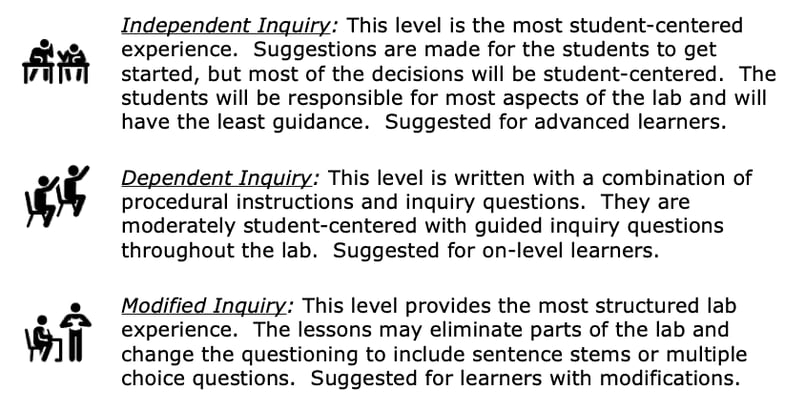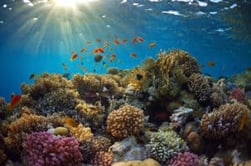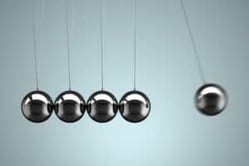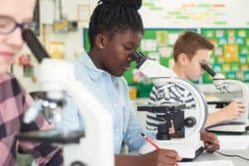Evidence of Chemical Changes Inquiry Lab
Middle School Inquiry Lab on Evidence of Chemical Changes
In this lab, students will investigate chemical reactions and the new properties that are formed by making butterscotch. Students will also identify where physical and chemical changes occur.
Each inquiry lab will contain an essential question that will drive the lesson and make students think. For this lesson, the essential question is:
- How does the process of creating butterscotch show chemical reactions and the new properties they form?
BACKGROUND INFORMATION AND MATERIALS LIST:
Students will begin the lab by reading the essential question and background information. This can be done individually, as lab groups, or as a whole class. If you consider lab groups, you also might include some type of whole class formative checks before digging into the lab.

Materials List:
- 225 mL white/brown granulated sugar or liquid corn syrup (provide choices)
- 1/2 tsp vanilla
- 2 tbsp butter
- pinch of cream of tartar
- beaker tongs
- goggles
- aprons
- stirring rod/large popsicle stick
- 600 mL beaker
- 250 mL beaker
- 1/2 teaspoon for measuring
- 75 mL water
- thermometer
- hot plate or Bunsen burner
- 1 paper plate with deep walls
- wax paper to cover the bottom of plate
PROCEDURE:
Students need to follow along as the teacher reads out the safety precautions that need to be followed in the lab. Students will follow a very detailed list of instructions that will have them combine materials. With the uses of hot plates, beakers, and stirring rods, students will intermittently make observations as to whether or not the action they just completed resulted in a physical change or chemical change.
Once students have followed all instructions, they will then pour the mixture onto the paper plate to allow cooling overnight. Before students leave, they will need to make sure that all hot plates are turned off and to handle all science equipment with care as they clean up. It is up to your discretion of you would like your students to taste what they created the next day.
CHECK FOR UNDERSTANDING:
At this point in the lab, students will be checked for understanding by answering questions about their findings. Here are a few that come with the lab:
- What evidence have you observed so far that demonstrates a chemical reaction has occurred? Be specific.
CONCLUSION
Students will go back to the essential question and write a CER (Claim, Evidence, Reasoning) to conclude the lab. Once completed, students will reflect back on their learning by answering the following questions:
- Using your lab and the reading, explain the difference between a physical change and a chemical reaction.
- What impact did the heat have on the sucrose molecules? Use evidence from the reading.
MODIFIED AND INDEPENDENT INQUIRY VERSIONS
All of the Kesler Science inquiry labs come with three different modification levels. Each lab is differentiated using the icons below.
STANDARDS ALIGNMENT
TEKS: 8.5E – Investigate how evidence of chemical reactions indicate that new substances with different properties are formed.

Download Over $100 in FREE Resources
For Middle School Science
Simply create a login below and gain immediate access to a selection of our Kesler Science product line worth $100 - for FREE. There's a full version of every product type! You'll also join tens of thousands of middle school science teachers who receive timely tips and strategies straight to their inbox.






